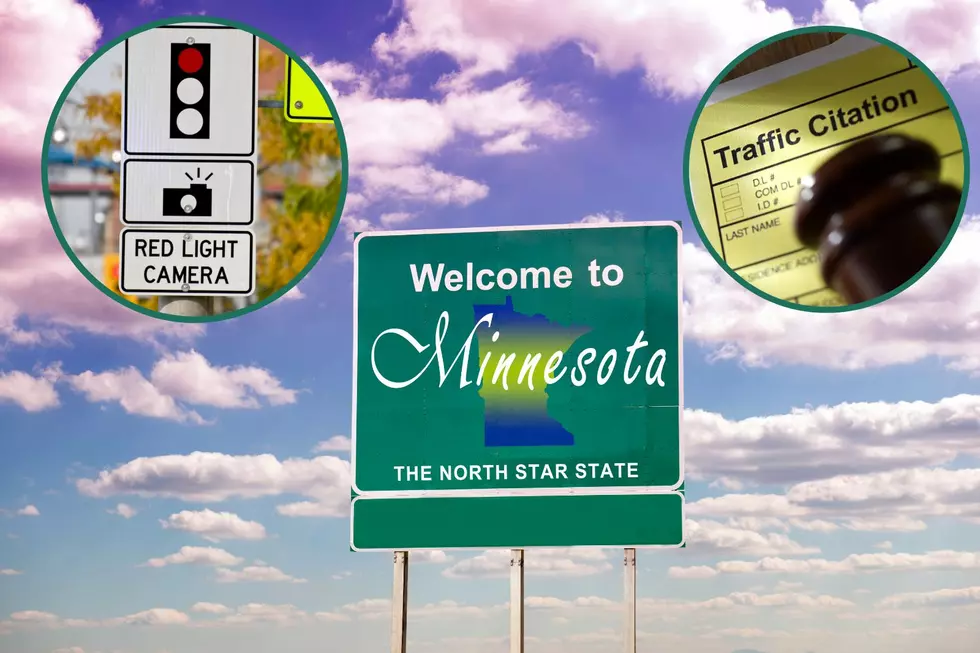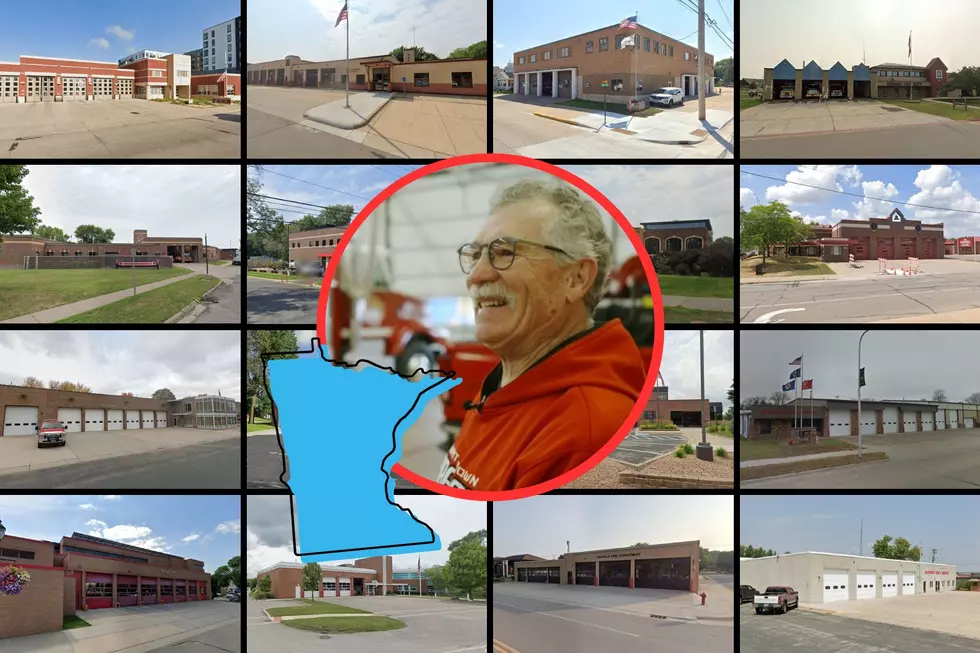
U.S. population is still aging
WASHINGTON (AP) — The United States is still growing older, but the trend is reversing itself in the Great Plains, thanks to a liberal application of oil.
Census Bureau data released today shows the median age in the U.S. went up a little bit last year, from 37.5 years to 37.6 years.
When the data is broken down by state, seven states actually got younger — Alaska, Hawaii, Montana, North Dakota, Oklahoma, South Dakota and Wyoming.
The Census Bureau says that the five mainland states are in the middle of the country's oil and gas boom and are attracting young men looking for work.
The largest decline in age — 1.6 years — is in the town of Williams, North Dakota. It's the center of the country's Bakken shale energy boom.
The county with the highest median age was Sumter County, Florida, at 65.5. The county with the lowest median age was Madison, Idaho, at 23.1.
WHAT'S CHANGING ABOUT AMERICA?
Non-Hispanic whites are still by far the largest racial group in the United States with a population of 197.8 million. (All other racial and ethnic groups make up 37 percent of the population, or 118.3 million.) But Asians, not Hispanics, were the fastest-growing group in 2013.
The country's Asian population rose by almost 2.9 percent to 19.4 million, an increase of about 554,000. That increase was fueled by immigration, which accounted for 61 percent of the population increase.
While Asians grew the fastest last year, Hispanics still are the second-largest ethnic group in the United States, making up 17.1 percent of the total population in 2013. The Hispanic and Latino population grew by 2.1 percent to more than 54 million, a rise fueled by natural increase, which accounted for 78 percent of the of the total population change.
Native Hawaiians had the second-highest rate of increase at 2.3 percent, while American Indians grew by 1.5 percent and blacks by 1.2 percent. Non-Hispanic whites grew by 0.1 percent during that same time period.
Census officials estimate that whites will no longer be the majority in the United States in 2043, when it is estimated that the total number of minorities will be more than the total number of whites.
The median age for non-Hispanic whites was 42.9, while the median age for minorities was 30.5 years.
WHERE CAN YOU FIND THE MOST ...
If diversity is what you want, California is the place you want to be.
Census figures showed that California had the nation's largest number of non-Hispanic whites (15 million); Hispanics (14.7 million); Asians (6.1 million); and American Indians and Alaska natives (1.1 million). New York, meanwhile, had the largest number of blacks (3.7 million) and Hawaii had the largest number of native Hawaiians and other Pacific Islanders at 366,000.
The locations change when you look at the percentage of each race by state.
Maine had the largest share of whites at 94 percent; Alaska had the largest percentage of American Indians and Alaska natives at 19.4 percent; Hawaii - the nation's only majority-Asian state - had the largest share of Asians at 56.3 percent and native Hawaiians at 26.1 percent; Mississippi led the nation in blacks at 38.1 percent; and New Mexico led in Hispanics at 47.3 percent.
The states change again when looking at the largest numerical increases of each race and ethnicity.
The Hispanic, black and white populations grew the fastest in Texas, which gained 213,000 new Latinos last year, 78,000 new blacks and 51,000 new whites. California had the largest numerical increase of Asians (142,000); American Indians and Alaska natives (13,000); and Native Hawaiians and other Pacific Islanders (7,000).
More From KROC-AM









